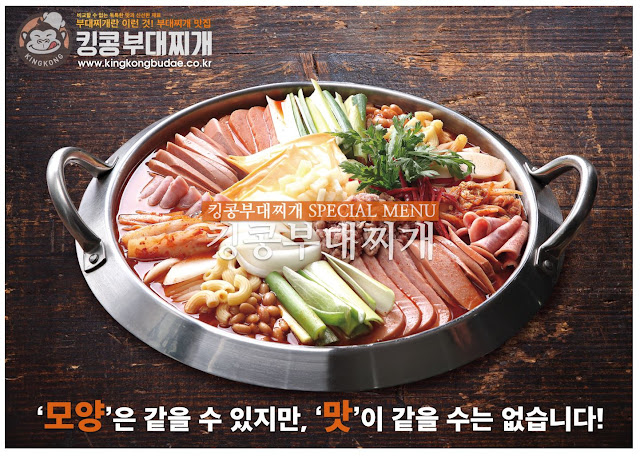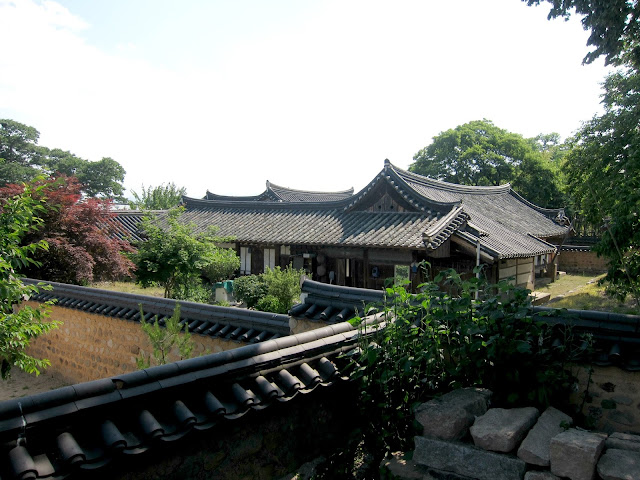It is said that any subway stop in Seoul that has the word ‘university’
in it would usually be a haven for shopping. I believe this is true!
After taking a short breather at our hotel, we ventured out to
the shopping area near Sungshin Women’s University. Besides shopping, our other
main purpose for coming here was to visit Capi Capi Loom Loom (카피카피룸룸 카페) Café
aka Seoul’s only Rilakkuma themed café.
Unfortunately, we came all the way here only to realise that
the café has CLOSED DOWN. *SOB SOB SOB* Super devastated!
Sigh.
To get over our bout of disappointment, we sought refuge in
retail therapy.
This area surprisingly has great shopping! The ‘feel’ of the
place is much like Hongdae or Edae. Many of the shops cater to the young and
cash strapped, with trendy fashion at very affordable price points. We bought
two very gorgeous long sleeved silk blouses for 20,000 won each. What a steal!
After our brief stop at Sungshin, we made our way to
Myeongdong in the evening.
| crowded streets of Myeongdong |






